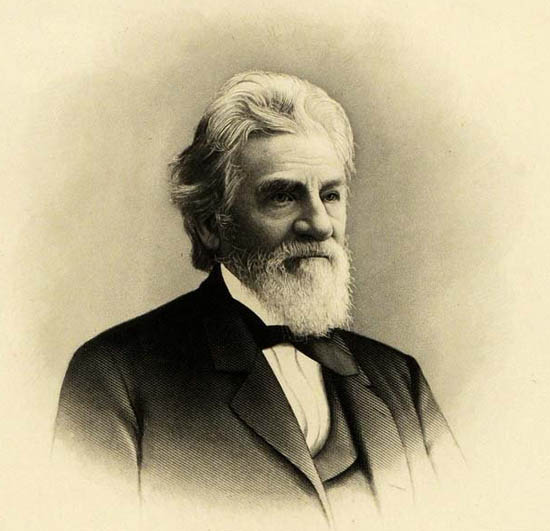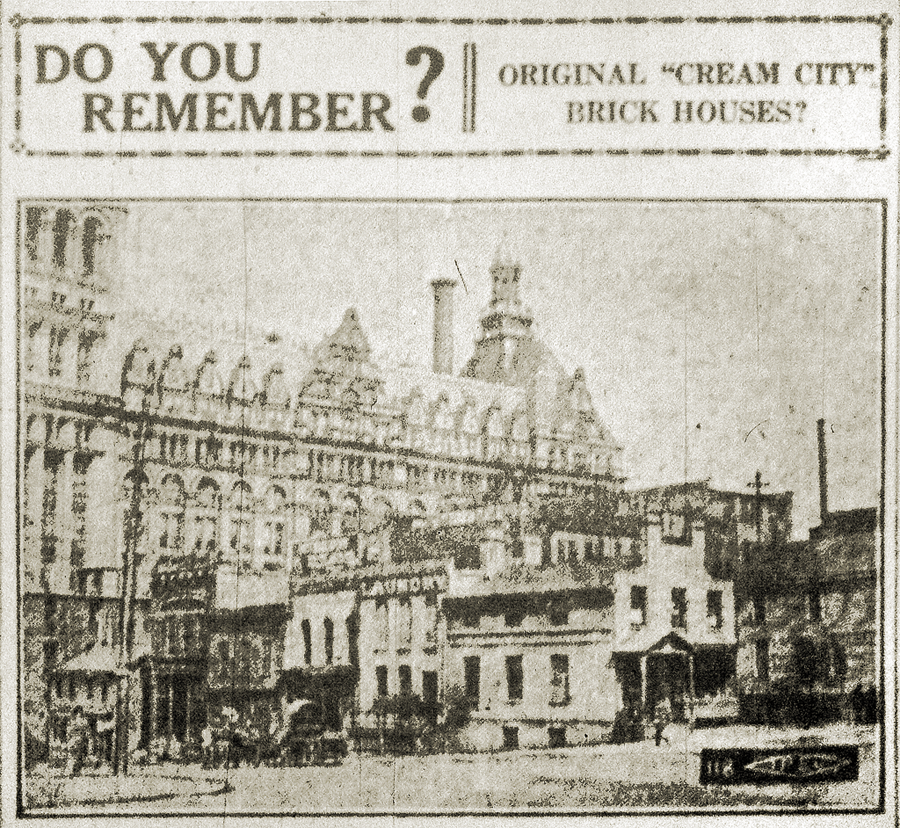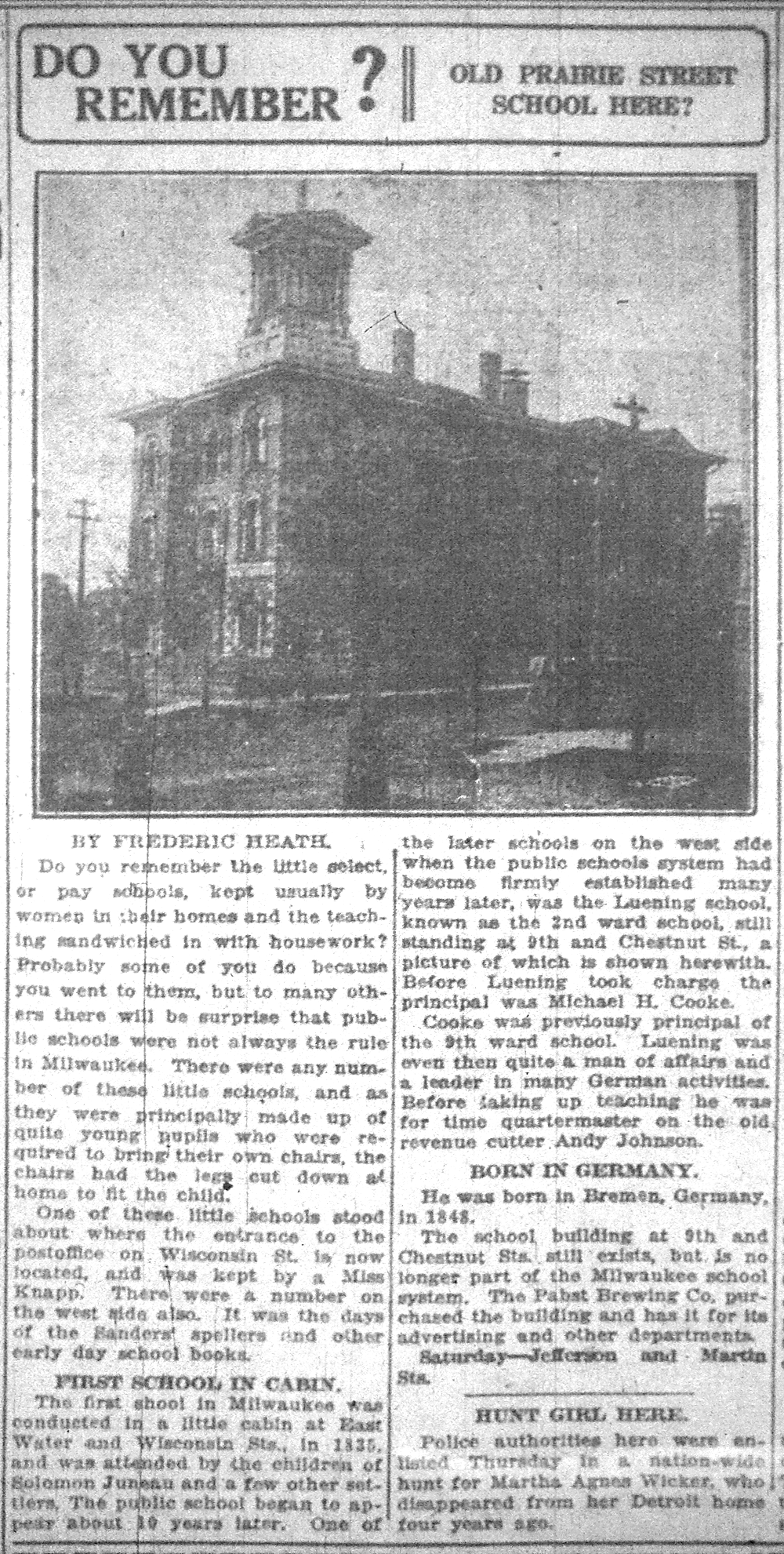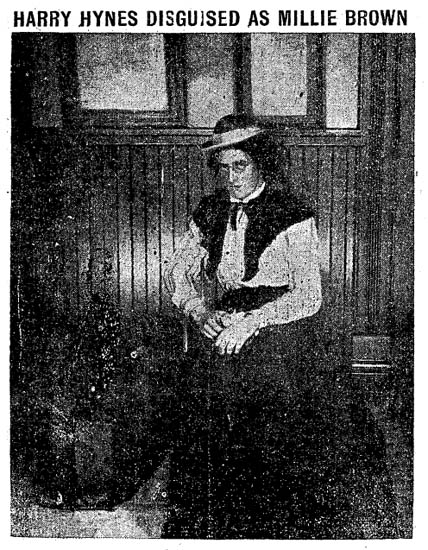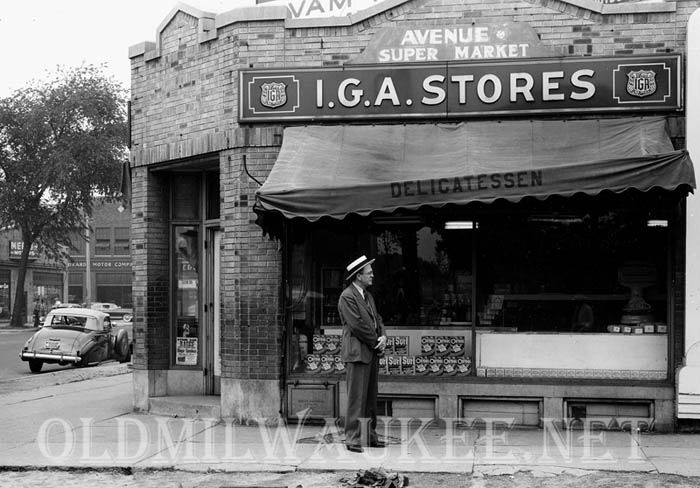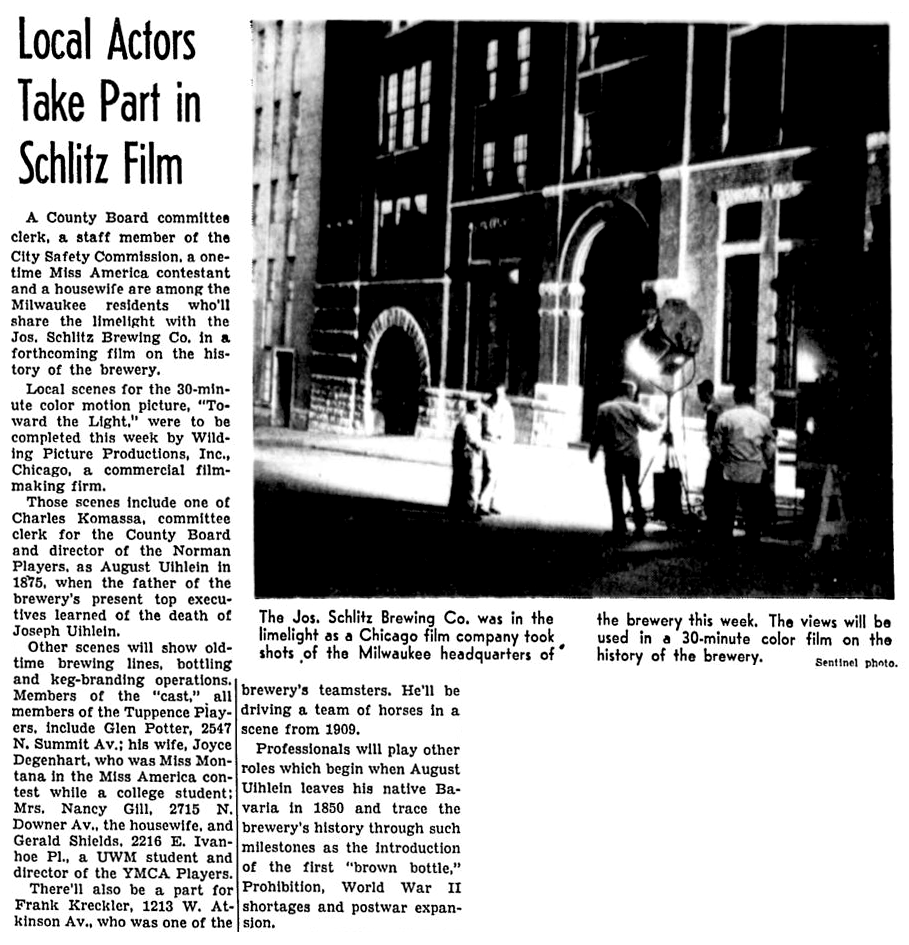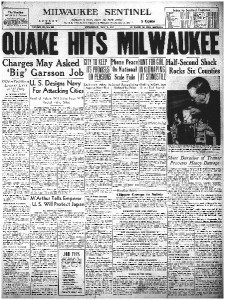The well known pioneer Milwaukeean, Daniel Wells, Jr. would be 205 years old today. This article from 1899 takes a short visit with him on his 91st birthday and tells a little about who he was. His legacy today gives us the Wells Building on East Wisconsin Avenue and the street name of Wells Street. He died a few years later on March 18, 1902.
Milwaukee Sentinel, July 16, 1899
Daniel Wells, Jr., is 91 Years Old Today
Daniel Wells, Jr., the pioneer of pioneers in Milwaukee, is 91 years of age today.
“A man of my age,” said Mr Wells yesterday, “does not care about celebrating his birthday anniversary. I’m a little too old to be able to entertain much company, and I shall spend the day quietly on my farm near Wauwatosa.”
Having imparted this information, “Uncle Daniel” turned the tables on the ubiquitous representative of the press and became the interviewer, and, having gained a clear insight into his pedigree and prospects, closed the door after him by declaring:
“Now don’t go and advertise me; let me get over the birthday quietly and without interruption.”
“Uncle Daniels Wells, Jr.,” as the old settler’s call him, has been a resident of Milwaukee sixty-four years. He was not only the first lumberman, the first hotel keeper, but he brought the first blooded pig to Milwaukee and with him took the first prize at the first county fair ever held in Wisconsin. He picked Mons Anderson, the “merchant prince of La Crosse” up on the street just after he landed here direct from Norway, made him the cook at the City hotel, and later started him in business at La Crosse. Mr Wells was a marvel of enterprise in his younger days. He made money and he invested in all directions, becoming a silent partner in dozens of enterprises in which there was not the slightest suspicion that he was interested. In addition to his Milwaukee investments, he started the First National Bank of La Crosse.
Mr. Wells is a native of Maine. He was born in Waterville, Kennebec County, July 16th 1808. From his native place, as a young man he went to Florida, working as a surveyor, and afterward conducting a country store in his native town. He came to Milwaukee July 27th 1835, just at the close of the Blackhawk war. As a surveyor he began his career here, and laid out a large portion of the present City of Milwaukee. However, being from the state of Maine, he saw the value of the timber lands in following the Indian trails, and drifted into the lumber business in which he was successful. He was the first justice of the peace in Milwaukee, his territory extending over the present counties, of the Milwaukee, Washington, Ozaukee, Jefferson, Racine, Walworth and Kenosha. He was a member of the Territorial Legislature, and in 1852 was elected to congress.
Mr. Wells, notwithstanding his advanced age, enjoys good health, and spends several hours each day in his office in the Old Insurance building looking after his large business interests.
